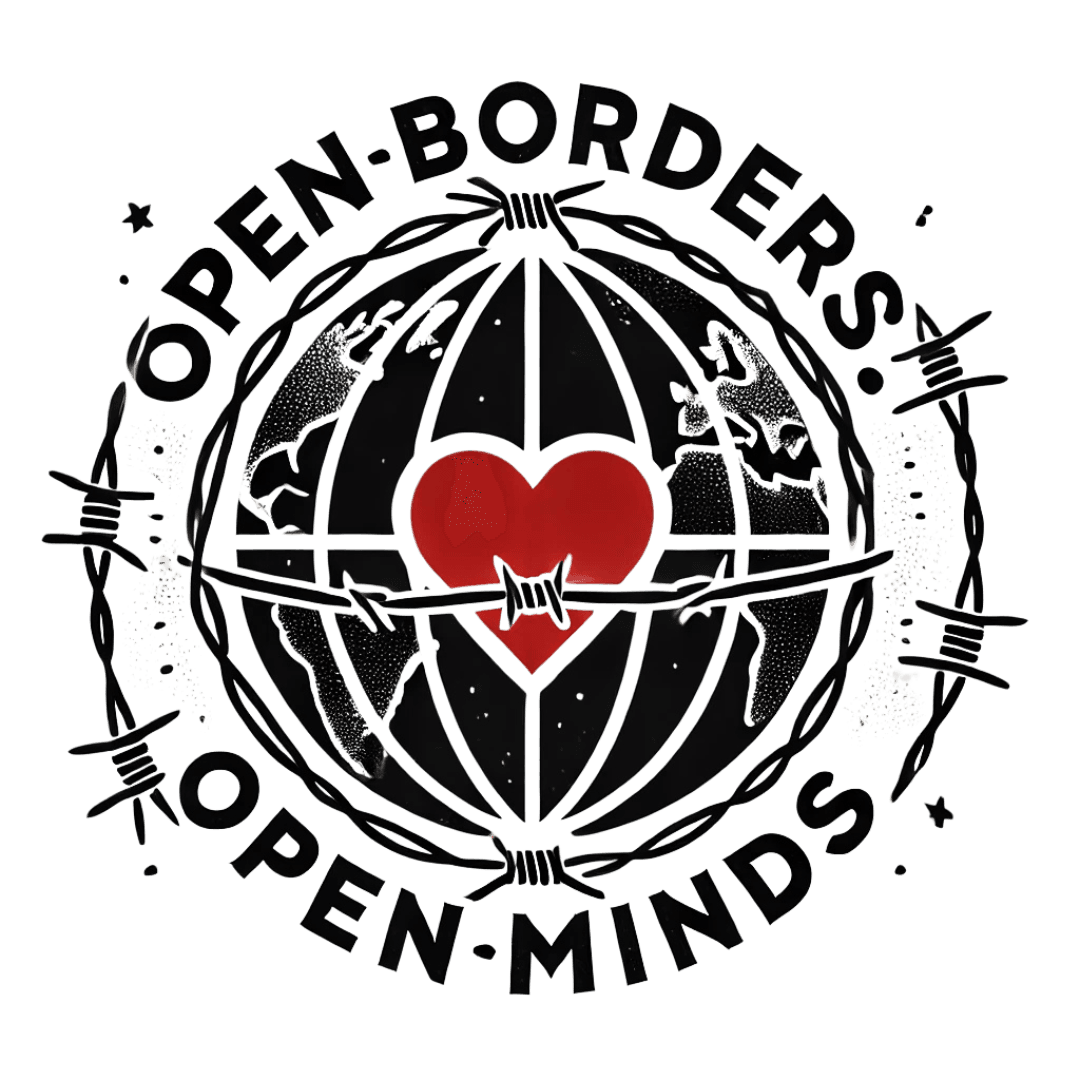Common Misconceptions About Open Borders: Debunking Myths
Introduction to Open Borders
Open borders are often debated in political and social arenas, yet many misconceptions persist. Understanding the realities can help foster informed discussions. Let's explore some common myths and truths surrounding open borders.

Myth 1: Open Borders Lead to Uncontrolled Migration
A prevalent belief is that open borders result in a flood of uncontrolled migration. However, studies indicate that migration patterns are largely influenced by economic opportunities, social networks, and existing immigration policies, rather than simply the openness of borders.
Open borders can actually be managed with effective policies that ensure a balanced flow of migrants, maintaining economic stability and social harmony.
Myth 2: Open Borders Increase Crime Rates
Another common misconception is that open borders lead to higher crime rates. Research shows there is no direct correlation between the openness of borders and an increase in crime. In fact, migrants often contribute positively to the economy and society, adding to cultural diversity and economic growth.

Economic Impacts of Open Borders
Contrary to popular belief, open borders can have several economic benefits. They allow for a more flexible labor market, helping fill gaps in industries that are struggling to find workers. This, in turn, can lead to increased productivity and innovation.
Moreover, migrants often start businesses, creating jobs and contributing to the overall economic dynamism of a country.
Myth 3: Open Borders Drain Public Resources
Some argue that open borders strain public resources, such as healthcare and education. However, evidence suggests that migrants contribute more in taxes than they take in services. Their economic contributions often outweigh the costs, supporting public services rather than draining them.

Social and Cultural Contributions
Beyond the economic impact, migrants bring diverse perspectives and cultural enrichment. Open borders can foster a more inclusive society, where different cultures coexist and learn from one another.
Increased diversity often leads to greater creativity and understanding, enhancing the cultural fabric of a nation.
Myth 4: Open Borders Erode National Identity
Some fear that open borders dilute national identity. In reality, a nation’s identity is constantly evolving. Migrants contribute to this evolution, bringing new traditions, cuisines, and ideas that enrich the national culture.
Open borders can help build a more robust and dynamic national identity, reflecting a tapestry of influences and experiences.

Conclusion
Addressing these misconceptions about open borders is crucial for informed discourse. By understanding the economic, social, and cultural benefits, we can better appreciate the complexities and opportunities open borders present.
Open borders are not just about migration; they are about building a more interconnected and prosperous world.
